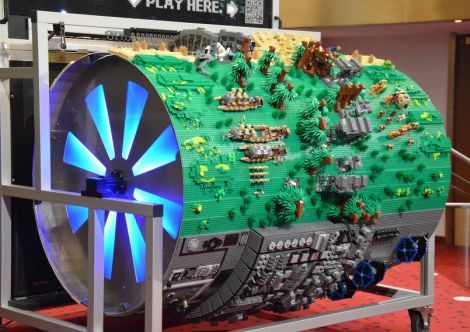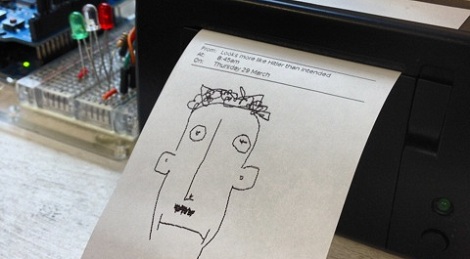
Whether or not you are a fan of the first installment of the Star Wars prequels, you have to see what [Lorenz Lnggrtnr] and [Renee Hoffmeister] have put together for the movie’s 3D debut.
In an attempt to capture the essence of Star Wars in a new fashion, they constructed a large barrel organ from Lego bricks that plays the movie’s legendary opening theme when turned. The barrel is separated into four parts, each representing one of the series’ iconic settings in plastic block form.
Hoth, the Death Star, Tatooine, and Endor are all featured on the organ, with each environment’s structures playing specific notes from the song. As the barrel turns each Lego structure toggles a note to be played on the attached organ, via a “reading” mechanism built from metal arms and Lego tires.
It looks fantastic, and sounds pretty decent too. Be sure to stick around for a short video that shows off the barrel organ in action.
[via Wired]
Continue reading “Barrel Organ Made From Lego Plays The Star Wars Theme”













